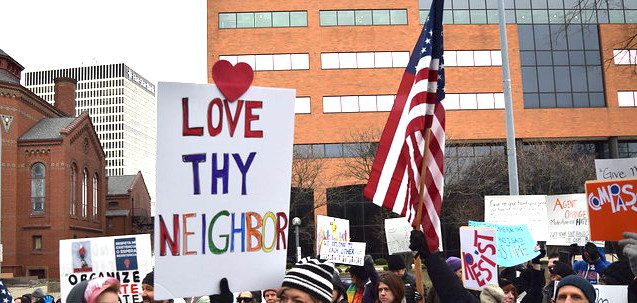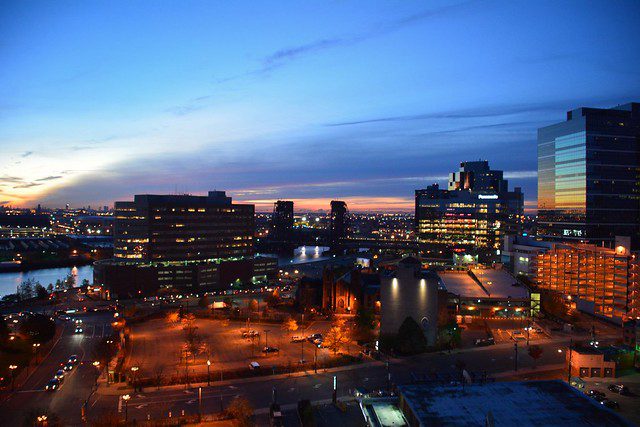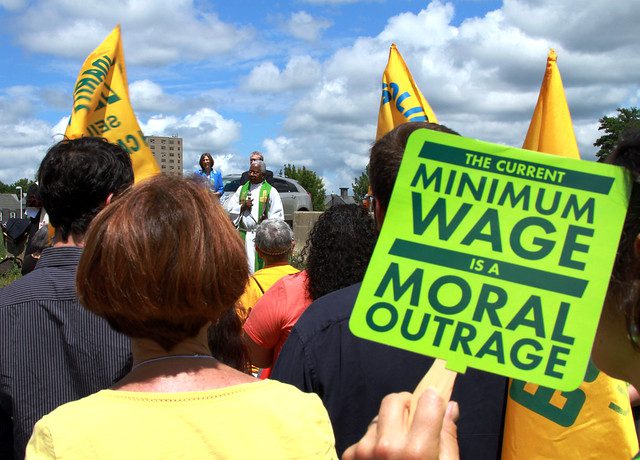The Whittier Street Health Center, a 78-year-old clinic serving Boston’s Roxbury neighborhood, rang in the new year by relocating to a new six-story, 78,900 square-foot, $37 million facility. The clinic tripled its annual patient visit capacity to more than 200,000 and now provides amenities like dental care, physical therapy, cancer screening, and health education services. There’s a pharmacy and community space on site, and the building is even LEED certified.
Whittier provides a critical resource for low- and very-low-income residents, and its expansion also represents a complicated, stimulus-enabled finance model that brings together new partners and has the community development world talking. Enterprise Community Partners and Citi Community Capital put up a combined $25 million in New Market Tax Credits (NMTC) for Whittier, allowing the clinic to take out a $9 million mortgage from Boston Private Bank and a $5.8 million construction bridge loan from Boston Community Capital, a community development financial institution. A capital campaign, buoyed by $12 million in stimulus funds, covered the remaining project costs.
And it’s not just Boston where we’re seeing this blended financing being brought to bear on clinic funding. Oakland’s Asian Health Services employed a similar model to convert a former restaurant building to a 15,000-square-foot health clinic for low-income Asian and Pacific Islander communities. Enterprise coupled $10.5 million in NMTC with additional equity from JPMorgan Chase and the Nonprofit Finance Fund, along with a grant from the U.S. Department of Health and Human Services.
As intended, the $2 billion in stimulus funds earmarked for community health centers around the country provided the leverage for projects like Whittier. Coupled with the Affordable Care Act’s $11 billion, five-year Community Health Center Fund, this seems to be a great opportunity for leveraging other financing to create and improve important community facilities. What’s more, it seems to be providing an entrée for groups like Enterprise that have traditionally financed primarily housing development, to participate in financing some of the other things healthy communities require. But will we continue to see these types of investment models once federal funds run out?




Comments